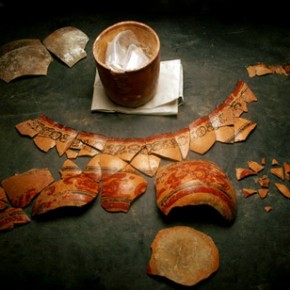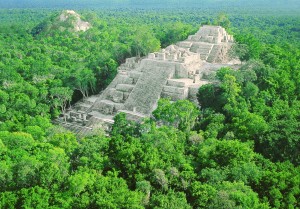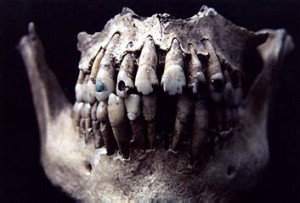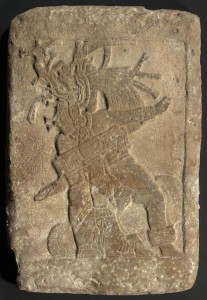Sometimes archaeologists don’t get there first…
The Classic Maya population numbered in the millions and occupied up to about 80 city states of varying size and influence. Both the huge number of Maya polities (not to mention smaller subsidiary sites) and the present impermeability of the Mesoamerican jungle created a situation where even quite large Maya sites were (and are) not easy to locate.
For example: the Calakmul, a sprawling ancient metropolis extending 20km square, was home to around 50k people (around 200k people lived in its periphery) and contained nearly 7k identified structures (one of which is 45m high). It was one of the largest and most powerful of Maya cities and is now a UNESCO World Heritage Site. Yet it was not located until 1931 when it was sighted from a plane by a biologist working for a gum exploitation company.
Although archaeologists made a massive push during most of the 20th century to record these sites and their monuments, many simply evaded detection. These were truly lost cities.
That is until the 1960s when western collectors and museums began to desire the enchanting artefacts crafted by the ancient Maya. These items were not available via legal channels. All of the countries that contain Maya sites (Belize, El Salvador, Guatemala, Honduras, and Mexico) had passed legislation restricting the export of cultural property. But where there is intense demand an illicit supply is found. In this case much of the illicit supply of Maya sculptural art, architectural pieces, and pottery were found at remote, poorly document, or even completely unknown archaeological sites.
I am going to tell you about two such sites, both in Guatemala: Ixtontón and La Corona (aka Site Q). Both were devastated by looters before archaeologists ever knew they existed. We have no idea what amazing things we have lost.
Ixtontón: Once powerful, now 75% looted
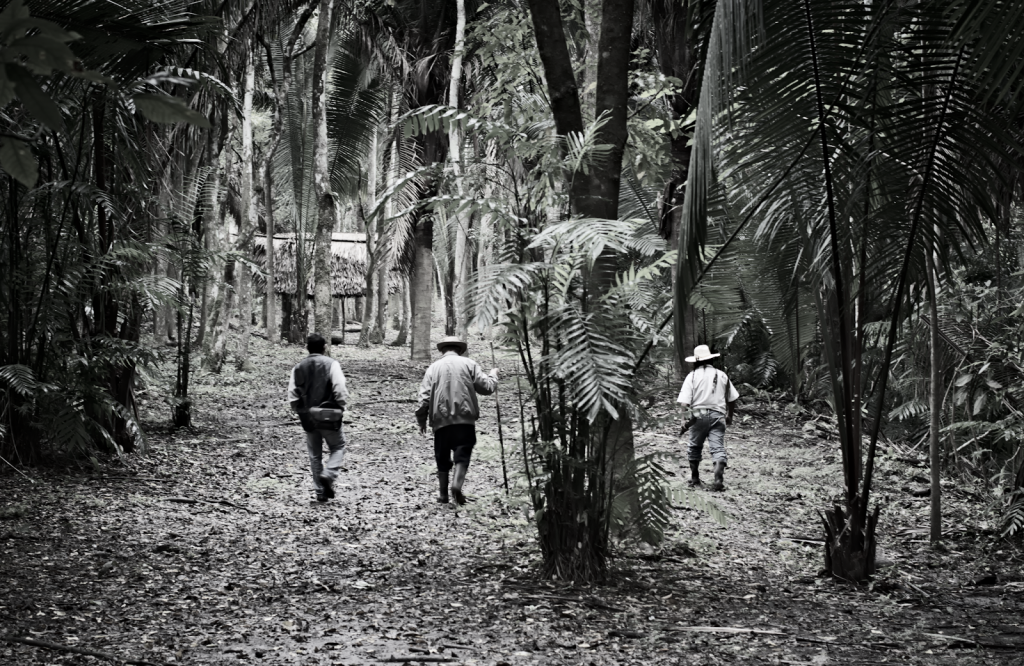
It is no wonder Ixtontón was hard for archaeologists to find. Look at that jungle cover. Photo by Rony Rodríguez
Ixtontón is a Maya site located in the Petén Department of Guatemala 2 km east of the town of Dolores. It was occupied from the Late Preclassic through the Classic period and was the most prominent Maya centre in the Dolores Valley and in a large part of the Maya Mountains. The site, with its temples, causeways, and ballcourts, covers about 6sq km. It contains an “E-Group“: a Maya temple complex type that fascinated me as an archaeology student. It consists of 4 buildings: viewed from atop one of them, the other three line up with the summer and winter solstices and the equinoxes.
The site was first located by archaeologists during Atlas Arqueológico de Guatemala project in 1985. By the time archaeologists were notified of the existence of Ixtontón, 75% of the building groups exhibited damage from looting. The site once had numerous large stone stelas which would have depicted important moments in the lives of the Ixtontón lords, but only two remained by the time the site was found by archaeologists. The rest had been looted and trafficked.
What have we missed from Ixtontón? I don’t know but there are some tantalising clues that the looted Ixtontón burials would have been fascinating. Archaeologists have found quite a number of bodies at the site with modified teeth at Ixtontón, for example. By this I mean that the adult teeth of individuals (slightly more females than males) were filed in a variety of patterns to mimic the shapes of gods’ teeth or were drilled and then encrusted with jade, hematite or other stones. Around 60% of the Maya population would have their teeth modified in the region. I, for one, would prefer to know more about this practice rather than having the skeletons smashed while tombs are looted to find pretty things for the private pleasure of rich people or the false benevolence of foreign museums.
The site is now an official protected area as designated by the Dirección General del Patrimonio Cultural y Natural of Guatemala, but its troubles are not over. The Dolores region, where the site is located, is now known to be a hotbed of narcotics trafficking and other illicit activities. Because of displacement by narco cattle ranchers and other pressures, people are moving in to the protected areas of the region and clear land which exposes sites. Then the narcos follow them. Parts of Ixtontón have already been damaged by agricultural activity. Who knows what the cartel-aligned cattle ranchers will get up to.
The Mysterious Site Q: La Corona
This is taken from a much longer piece I wrote about Site Q for the Trafficking Culture Encyclopedia.
In the mid 1960s a number of Maya sculptural objects, many bearing the same emblem glyph, began to appear on the art market (they would eventually total 2 dozen or so). Although the panels and stelae could be stylistically tied to the Petén region, the site name recorded on some of the objects was one that scholars were unaware of. It quickly became clear that an interesting archaeological site, unknown to science, was being looted in the deep jungle of Guatemala.
Archaeologist Peter Matthews, then a graduate student at Yale, was one of the first to connect these objects, noting that many of them bore the distinct emblem glyph of a snake’s head. He called the unknown Maya city ‘Site Q’, short for ‘Que?’ or ‘Which?’ in Spanish.
It is now thought that the site of La Corona is Site Q. La Corona was first located by archaeologists in February 1996 when a jaguar poacher and looter turned eco-tourism promoter led a researcher on a Conservation International campaign to protect scarlet macaws, to the heavily looted site. Here is a video taken during the “discovery” of the site in 1996. Listen to those howler monkeys!
At that time, the site was an 8 hour drive and hike from the nearest permanent modern occupation, but was located close to an old chiclero campsite called Lo Veremos. Looting in the Petén has often been associated with chicle gum collection. Chicleros, the men who push through the deep jungle searching for chicle trees, have historically stumbled upon unknown Maya sites. Archaeologists and antiquities intermediaries alike have depended on chiclero informants.
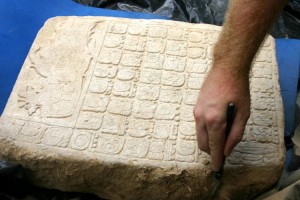
A “Site Q” style panel found by archaeologists at La Corona. Finds like this helped link the site to the mystery objects on the art market.
At first the link between La Corona and Site Q was not clear as monuments found during the initial archaeological survey of the site did not match the style of the mystery Site Q monuments. However, recent research indicates that this is a product of the extremely destructive nature of site looting in the Petén: superior and well-preserved monuments were looted while inferior or poorly preserved monuments were left.
Although in some cases it is possible to match looted Maya sculptural work to their ‘carcasses’ (meaning the place where they were sawn off a larger monument or building), the Site Q pieces were removed intact from their respective buildings and cut up with a power tool at a location with a generator. This may prevent archaeologists from matching the Site Q objects to specific structures or locations at La Corona.
Unknown loss
Next time any of you visit institutions that purchased and openly display artefacts looted from Site Q, Ixtontón, and other Maya sites, think about the situation. These museums (and the dealers who sold to them) took advantage of the under-funded discipline of archaeology and the remoteness of parts of a developing world country to purchase stolen goods. They didn’t ask questions. They didn’t care about what was lost. They often haven’t returned what was taken.
As a general rule, Maya sculpture outside of the Maya region has been looted. The exceptions are both few and obvious. Why not drop a complaint card in the visitor feedback box?
Really these are just two tales of incalculable loss. We have no idea what all was taken from these sites and, worse, we had no opportunity to even try to protect them. Looters got there first. There was nothing that archaeologists could do.
